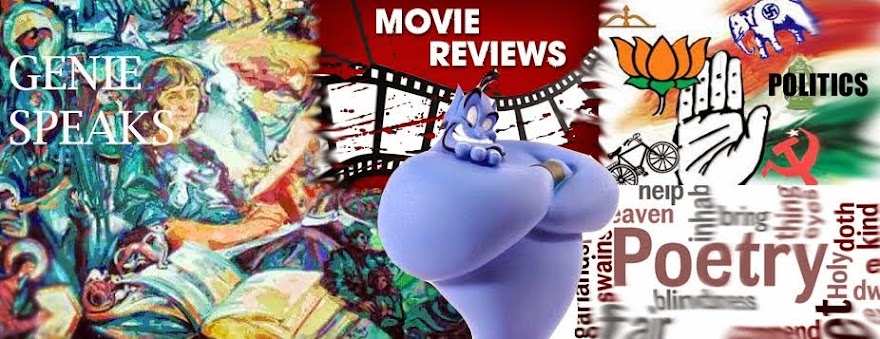Planning in India
1. Multi-level
2. Multi-stage
3. Multi-agency
Planning Commission
1. Commission because
it requires Division of Labour.
2. Union Govt. had a
direct control.
3. With PM as the
chairperson.
4. It also had a
Deputy chairperson of cabinet rank, permanent and non-permanent members.
5. Criticized for the
domination of PM, bypassing of cabinet and absence of proper accountability
mechanism.
National
Development council (NDC)
1. Came up in 1952,
two years after the PC.
2. As it was felt that
participation from States is quintessential
3. Members of PC and
the Chief Ministers and other Ministers from States.
4. Mandate was
Socio-economic developmental issues.
Process of Planning
1. Approach Paper
2. Draft Plan
3. Working Groups
4. Sectoral Plans
5. State Plans
comprising of all sectoral plans
6. National Plan
comprising of all State plans
7. Final Plan Document
8. Public Scrutiny.
Decentralized
Planning
1. In 1962, PC
suggested State Planning Boards whereas some states already had State Planning
departments.
2. 1st ARC
recommended District Planning cells.
3. Similar
recommendations from the Dattwala Committee and the Hanumatharao Working Group.
Criticism of
Planning
1. Centralized nature
2. PC as the Agency of
the PM.
3. Political
interference
4. Overshadowed the
Finance Commission (Art 280)
5. Promoted vertical
federalism.
6. No direct
accountability.
Need for Planning?
1. Marginalized Sections
need attention
2. Sustainable
development;
3. Spatial planning;
4. Balanced regional
development;
5. Strategic vision;
6. Social
infrastructure;
7. Attracting foreign
investments.
